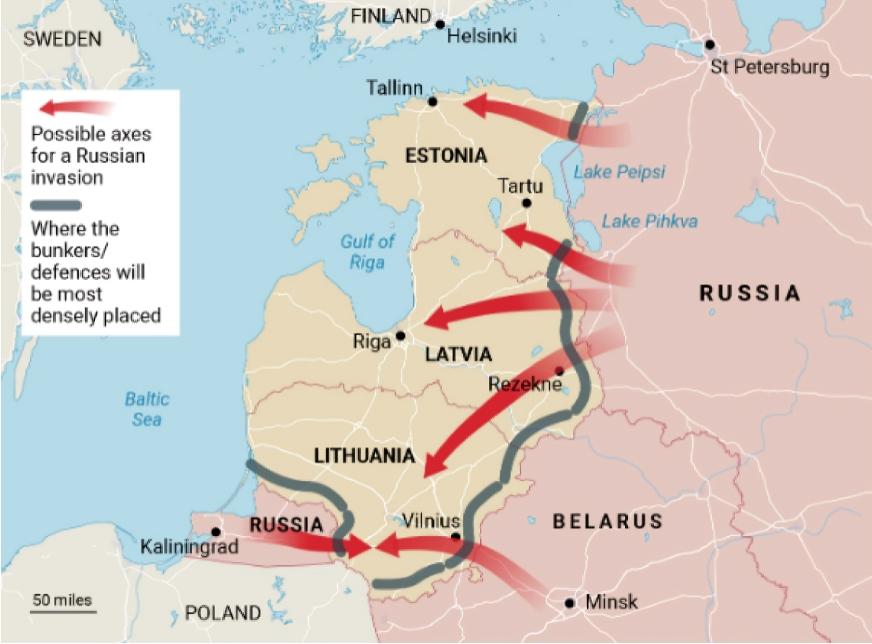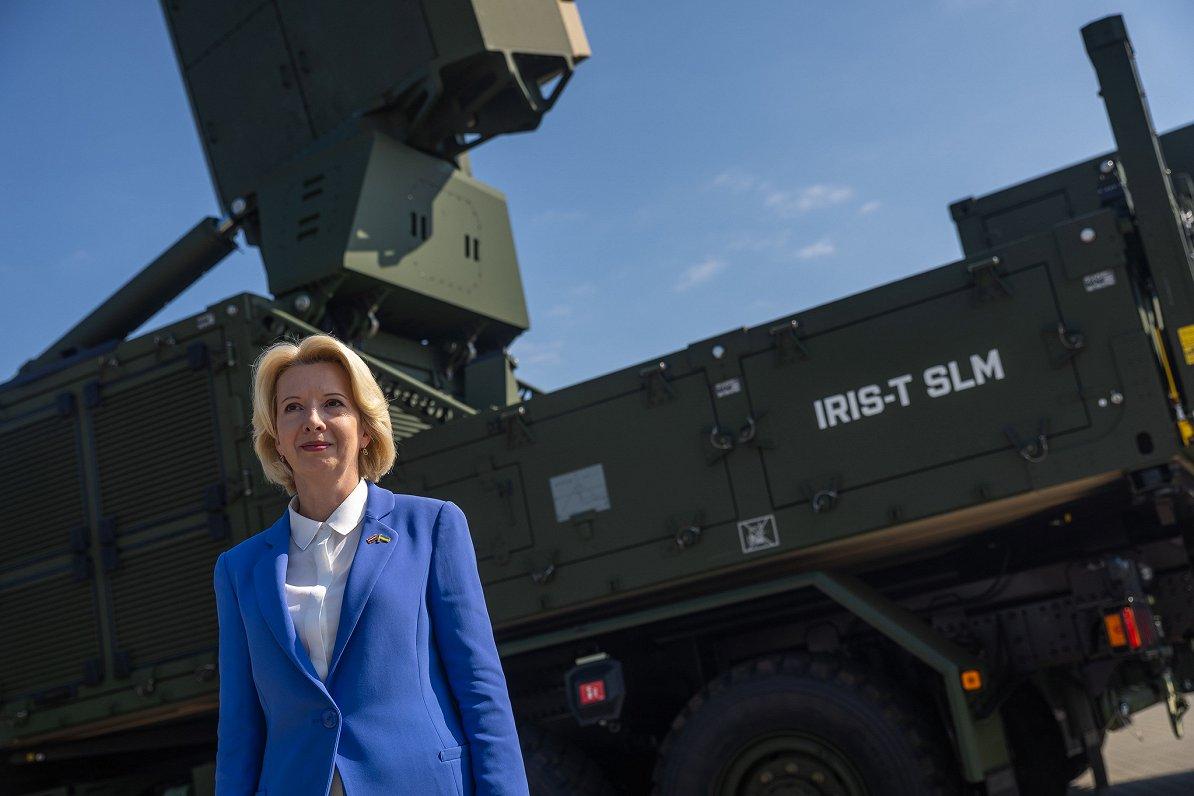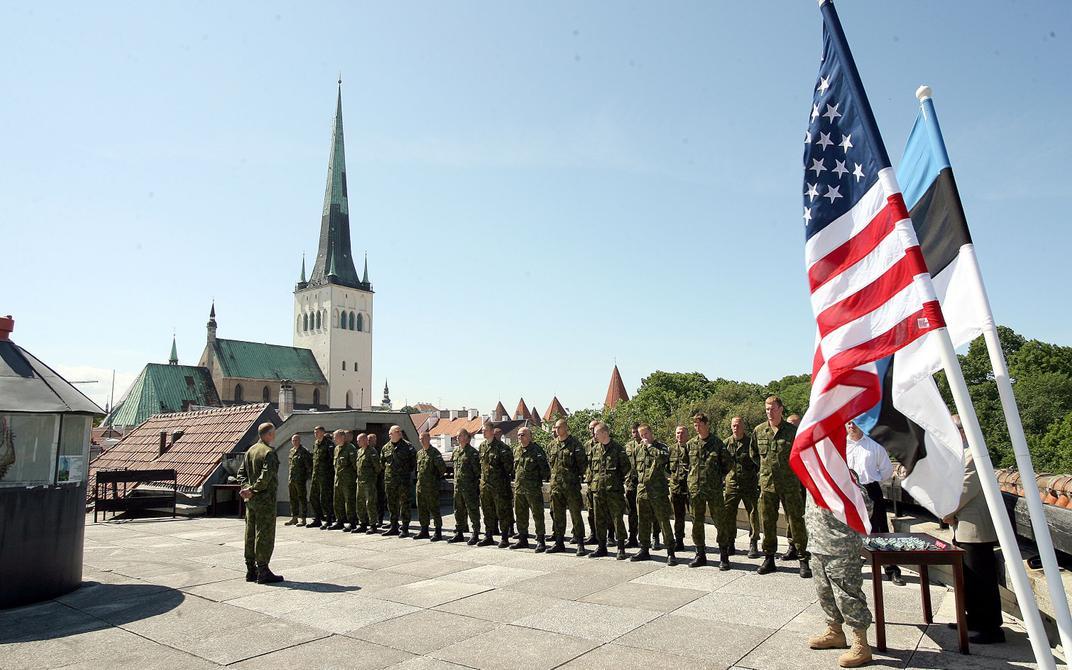What is the Baltic States’ new defence strategy? Fortifications for peace
On January 19, 2024, Estonia, Latvia, and Lithuania approved the construction of defensive installations alongside their borders with Russia and Belarus, including a network of bunkers. The relevant decision comes as Russia continues its invasion of nearby Ukraine, and Belarus unveils plans to create a military doctrine for the use of nuclear weapons.
The new agreement envisions the construction of “anti-mobility defensive installations” on their respective frontiers with Russia and Belarus, who are allies. The border security measures are meant to deter and counter military threats.
The idea of construction bunkers and installations is not a new phenomenon in the case of Baltic states, as after the 2022 campaign, regional states are actively preparing for a Russian invasion. For instance, Estonia plans to construct 600 defensive structures on its border with Russia at a cost of around €60 million.

Each artillery-resistant bunker will be 37 square meters in size and accommodate ten soldiers. The planned fortifications will slow down the advancement of Russian forces and redirect them to areas where NATO can respond on more favourable terms.
In 2023, the US Senate, within the NATO partnership program, passed its own version of a key 2024 defence spending, allocating an additional $228 million for the Baltic Security Initiative to support ongoing security cooperation with Estonia, Latvia, and Lithuania.
The Baltic states' efforts to boost defence capabilities are not limited to the construction of fortifications and defence lines but also include the purchase of additional sophisticated weaponry.
In this vein, in 2023, Estonia and Latvia signed an “umbrella agreement” with Germany for the joint purchase of the IRIS-T medium-range air defence missile system, reaffirming their commitment to future involvement in the European Sky Shield Initiative, a project to establish integrated air defence systems at the European level.

In addition, in the same period, Lithuania signed a contract to acquire High Mobility Artillery Rocket System (HIMARS) launchers for $495 million, with deliveries set to begin in 2025. The destructive lessons of the Ukrainian war and ruined cities and settlements pushed the Baltic States to intensify military training and adapt to new realities of modern warfare, particularly urban warfare tactics.
In this regard, all states confirmed their participation in the upcoming Thunderstorm national exercise under the lead of Lithuania and with the participation of Germany.
Unlike other regional states like Sweden and Finland, Baltic states apprehend their economic and military vulnerability in the face of a potential Russian invasion with significantly vast military and technical resources. Due to possible risks, neighbouring Finland and Sweden became NATO members following years of neutrality. Such perspectives indeed opened new horizons for Baltic states as well in terms of enhanced security and NATO’s enlargement.
Consequently, in recent years, NATO has sought to improve deterrence by stationing multinational combat-ready forces in Lithuania, Latvia, and Estonia. Although this is clearly an improvement on the alternative, it is obvious that NATO troops on the ground would need significant reinforcements to withstand a full-scale Russian invasion.

However, there are questions about NATO’s ability to provide these reinforcements smoothly and on time. Since Russia would do everything in its power to prevent the arrival of alliance reinforcements, Baltic and NATO's current tripwire forces must hold out for as long as possible.
Notwithstanding NATO’s commitment, Baltic states are still in need of additional guarantees that the possible war will not completely destroy local states' institutions until NATO dispatches its troops to defend those countries. In light of such a threat, Estonia and Lithuania actively began recruiting and training volunteers. Since February 2022, around 4,000 volunteers have joined the Estonian Armed Forces, which has a population of 1.3 million.
Another crucial point regarding the Baltic defence is the insufficient number of air defence systems. All states now seek to import and install additional air defence systems as the negative experience with Ukrainian cities being erased by Russian missiles became a precedent for it.
Ironically, importing such critical weaponry and instalments requires additional investments in building critical infrastructure, such as railway connections, which remains a serious problem for Baltic states.
The Baltic states' railway infrastructure is still better connected to Russia and Belarus than to Poland and the rest of continental Europe, and its railways are still mostly Russian rather than European gauge. Therefore, the 2024 calendar year would mark the massive work in the Balti region to shift infrastructure and boost land connectivity with NATO partners.








